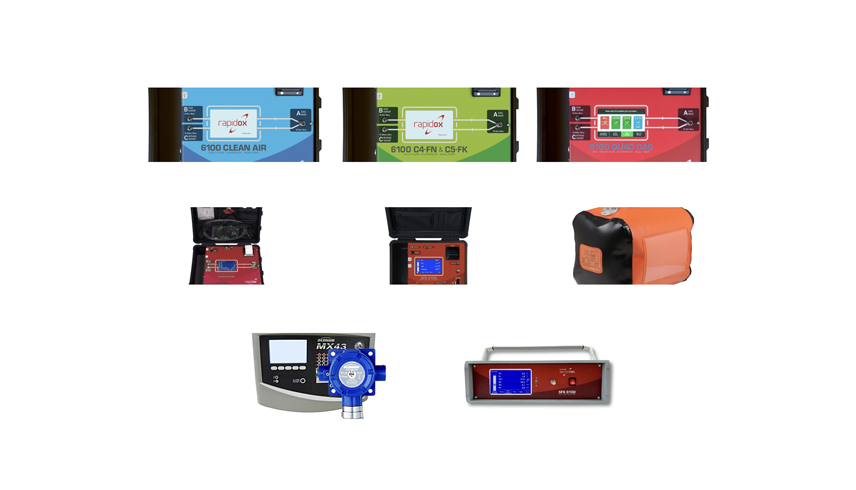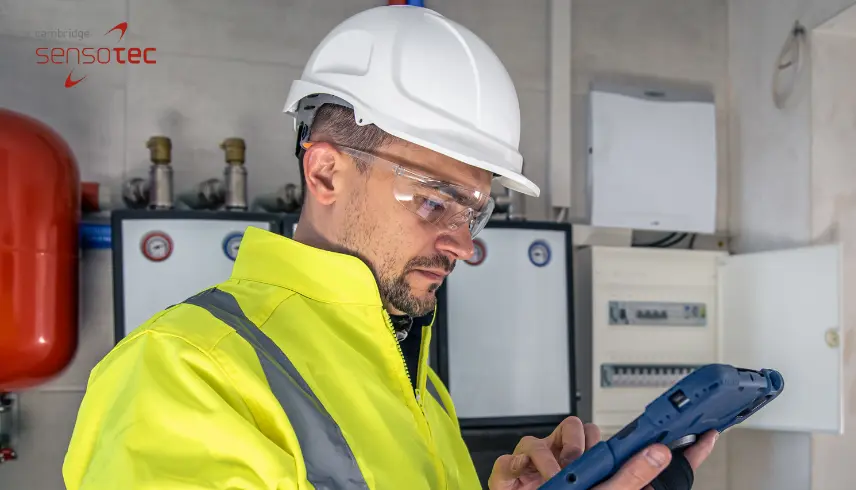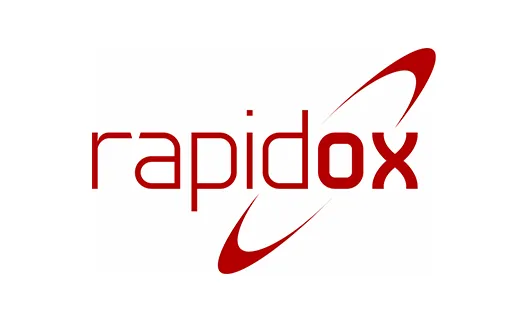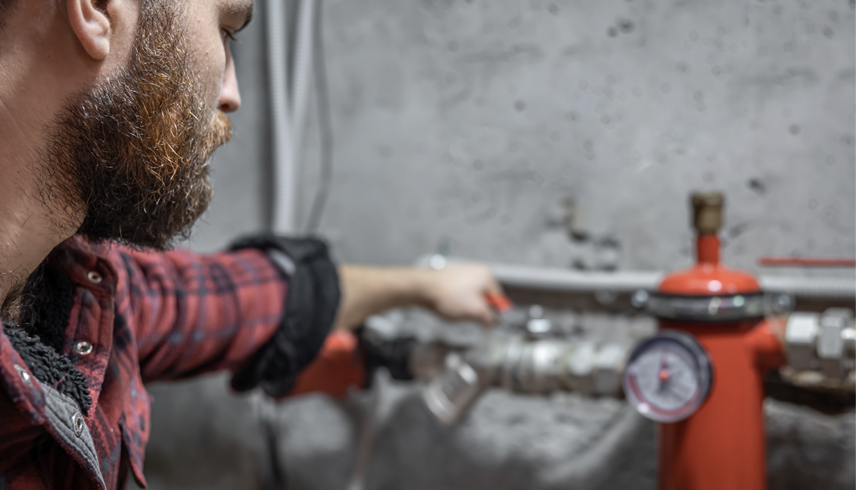

How DryAir Technology Meets Global Sustainability Standards
Introduction
As sustainability becomes a defining goal across global industries, the electrical sector faces growing pressure to minimise its environmental impact. Central to this effort is the replacement of high-emission substances with cleaner alternatives. SF6 (sulphur hexafluoride), a commonly used insulating gas in switchgear, is now under scrutiny due to its high global warming potential. In response, forward-thinking manufacturers and utilities are adopting DryAir technology—a sustainable, high-performing alternative that aligns with key international sustainability standards.
Understanding Global Sustainability Standards in the Electrical Industry
Global sustainability standards are frameworks designed to guide industries in reducing their environmental footprint. These include benchmarks set by organisations such as the International Electrotechnical Commission (IEC), the European Union’s Green Deal, and the United Nations Sustainable Development Goals (SDGs). For the electrical industry, compliance means reducing greenhouse gas emissions, improving energy efficiency, and investing in cleaner technologies. Regulations like the EU F-Gas Regulation are already limiting the use of SF6, urging a transition towards safer, low-emission alternatives. DryAir technology offers an ideal pathway for companies aiming to meet these sustainability benchmarks while also future-proofing their operations.
These standards do not merely set limitations; they offer a framework for innovation. By pursuing alignment with global sustainability standards, organisations can access international markets more easily, attract climate-conscious investors, and build customer trust. The use of DryAir technology directly supports these ambitions, offering an advanced, responsible solution to modern insulation challenges.
DryAir Technology, Environmental Responsibility, and Lifecycle Benefits
DryAir is engineered to meet the highest environmental expectations. Unlike SF6, which has a global warming potential more than 23,000 times greater than CO2, DryAir consists of clean, dry atmospheric air. It poses no harm to the environment and requires no complex recovery or recycling procedures. This makes it a highly attractive solution for companies looking to lower their carbon footprint without compromising on performance.
In lifecycle assessments, DryAir consistently demonstrates superior environmental metrics. Its production, deployment, and maintenance involve significantly fewer emissions, aligning with ISO 14040 standards for sustainable product lifecycles. These qualities make DryAir technology a reliable choice for firms seeking to align with global climate targets while maintaining operational efficiency. From raw material sourcing to end-of-life processing, every stage of DryAir’s lifecycle reinforces its role as an environmentally responsible solution.
DryAir technology also helps utilities meet environmental disclosure requirements. Increasingly, stakeholders and governments expect companies to report their environmental performance transparently. Incorporating DryAir into infrastructure projects allows for easier tracking and reporting of emissions reductions, helping organisations demonstrate compliance and accountability.
DryAir Technology and Health and Safety Compliance Standards
Sustainability also includes workplace safety and public health. SF6 is not only a potent greenhouse gas but also poses risks when handled improperly. DryAir, on the other hand, is non-toxic, non-flammable, and safe to use in a wide range of operational environments. It eliminates the need for highly specialised handling procedures, reducing risk to technicians and improving compliance with occupational safety standards such as ISO 45001.
DryAir’s inherent safety benefits extend its appeal for facilities located in urban or environmentally sensitive areas. By choosing DryAir technology, companies can demonstrate a commitment to both environmental stewardship and the well-being of their workforce. This combination of environmental and safety performance positions DryAir as a comprehensive solution for companies looking to lead in sustainable infrastructure.
Regulatory Trends and Global Alignment with DryAir Technology
The shift away from SF6 is well underway. European and international regulations are increasingly favouring SF6-free switchgear as a path to achieving net-zero goals. DryAir technology is fully compatible with these policy shifts. It satisfies the requirements of the EU’s F-Gas Regulation and supports the broader climate objectives outlined in the Paris Agreement.
Leading manufacturers and grid operators have already begun integrating DryAir technology across their infrastructures. These early adopters not only reduce their environmental liability but also position themselves as leaders in sustainability-driven innovation. Case studies from across Europe and Asia show that DryAir performs reliably under diverse conditions, helping companies achieve compliance while improving system performance.
The adoption of DryAir technology also aligns with national sustainability plans such as the UK’s Net Zero Strategy and Germany’s Climate Action Programme. Governments are offering support through grants and subsidies to companies that transition to clean technologies. Leveraging DryAir not only helps meet legal obligations but also unlocks financial and reputational rewards in a globally competitive market.
Long-Term Benefits of Adopting DryAir Technology
Sustainability is not just about meeting regulations—it is also a strategic business advantage. Companies using DryAir benefit from lower operational costs, fewer compliance burdens, and reduced risk of environmental penalties. Because DryAir does not require expensive end-of-life treatment or gas recovery processes, its total cost of ownership is often lower than that of SF6-based systems.
In addition to cost savings, there are reputational advantages. Stakeholders increasingly value organisations that prioritise environmental and social governance (ESG). By adopting DryAir technology, companies can demonstrate proactive engagement with these values, enhancing brand trust and securing investor confidence. Moreover, government incentives for low-emission technologies may provide additional financial benefits for companies that make the switch.
Beyond compliance, DryAir technology supports innovation. Its adaptability allows it to be integrated into new and existing infrastructure with minimal disruption. This flexibility enables energy providers to modernise their networks while meeting strict environmental regulations. As global infrastructure moves towards decentralised and renewable sources, DryAir’s compatibility with emerging technologies further enhances its long-term value.
Conclusion
DryAir technology is more than just an alternative to SF6—it is a benchmark for sustainable innovation in the electrical industry. It aligns with global sustainability standards, reduces environmental and health risks, and supports long-term strategic goals for cleaner infrastructure. As the world moves closer to net-zero ambitions, DryAir technology provides a practical and proven solution for organisations committed to meaningful climate action.
From compliance to cost-efficiency, DryAir technology meets the demands of a changing energy landscape. It is helping shape the future of power systems with cleaner, safer, and more resilient solutions that meet the highest global sustainability standards.


